North-east food producers are part of a “chilling” new scheme aimed at helping Scotland achieve its net-zero ambitions.
The innovative research project is said to be potentially ground-breaking for all firms, such as those in the seafood sector, needing to keep products cool or frozen before and during long trips to end markets.
We are stepping up our commitment to reduce our emissions and refrigeration plays a key role in that journey.”
Martin Robertson, director, Joseph Robertson
Refrigeration systems are usually heavy on energy consumption and hefty on carbon emissions.
This is where the Scotland Food & Drink (SFD) Partnership – a collaboration between industry organisations from across the food supply chain, together with the Scottish Government and its agencies – hopes to make a difference.
Its Net Zero Commitment has 19 organisations signed up, explained programme director Iain Clunie.
Seafood producers typically have an awful lot of freezers and refrigeration.”
Iain Clunie, Net Zero Commitment programme director
He added: “Opportunity North East brought a really interesting project to us around refrigeration in the seafood sector.
“This seemed to us an excellent opportunity to showcase what is possible.
“Seafood producers typically have an awful lot of freezers and refrigeration.
“It’s a constant challenge to keep produce at the right temperature, with bits of kit running 24 hours a day and using a fair bit of energy.”
A pilot scheme aimed at helping firms like these to reduce their carbon emissions will deliver a progress report this spring.
There are basic steps producers can take, such as making sure doors are kept shut or changing the way goods are moved about, as well as “innovative bits of kit” that can improve energy efficiency, Mr Clunie said.
There is also an abundance of helpful data that can be shared with producers, he added.
While the pilot scheme is focused on the north-east, learnings from it can be used across many different parts of the wider Scottish food and drink industry, he said.
Ultimately, investment will be needed to upgrade older and energy-inefficient equipment at the heart of many production processes, Mr Clunie acknowledged.
But lenders are increasingly interested in backing projects in the net-zero “space”, he said.
Limited window of opportunity
“Conversations will be had” around potential public or private sources of finance, he said, adding: “Come March, we’ll have a better handle on the likely level of investment.”
He also warned of a limited window of opportunity for Scottish food and drink firms to seize the initiative on net-zero.
Globally, green commitments in the industry are fast becoming a necessity and businesses will increasingly have a commercial disadvantage without them, he said.
If the industry in Scotland doesn’t “step up and drive forward” on net-zero, other countries’ food producers will “happily take up shelf space in our shops”, he warned.
Seafood production is estimated to account for about 25% of Scottish carbon emissions.
Firms taking part in the SFD Partnership scheme include one of Aberdeen’s oldest fish wholesalers, Joseph Robertson.
James Robertson, a director at the company, said: “It’s important to us that our contribution to the seafood sector in this region continues to be sustainable for decades to come.
Aberdeen seafood firm ‘stepping up’ to net-zero challenge
“We are stepping up our commitment to reduce our emissions and refrigeration plays a key role in that journey.”
Bosses at Joseph Robertson are looking forward to seeing the research results and finding out about new opportunities for collaboration to “further impact our carbon footprint”, he said.
But it is not just seafood firms participating in the programme.
Other producers taking part include Aberdeenshire ice-cream maker Mackie’s of Scotland.
It has wind and solar energy generation at its base at Westertown Farm, near Rothienorman.
Executive chairman Mac Mackie said: “Reducing carbon emissions has been a priority for us for many years.
“Any further help to understand what efficiencies can be made in refrigeration, both for ourselves and the wider food and drink sector in the north-east is very welcome.
“It’s an opportunity to contribute what we’ve learnt and also gain insights into future technologies.”
The SFD Partnership announced its Net Zero Commitment in November 2021 as COP26 put Scotland on the sustainability map.
It outlines the partners’ ambition to help Scotland achieve its net-zero target by 2045.
The new carbon reduction programme was launched to “provide leadership, advice and practical support” to food and drink producers at all stages of their energy transition.
A spokesman for the partnership said: “A drastic change of pace is needed if the Scottish food and drink sector is to meet its net-zero target.”
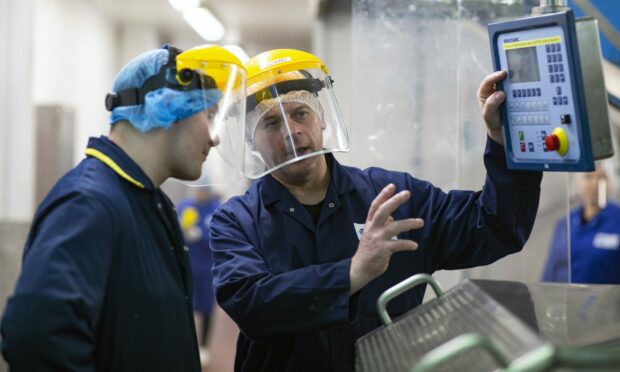
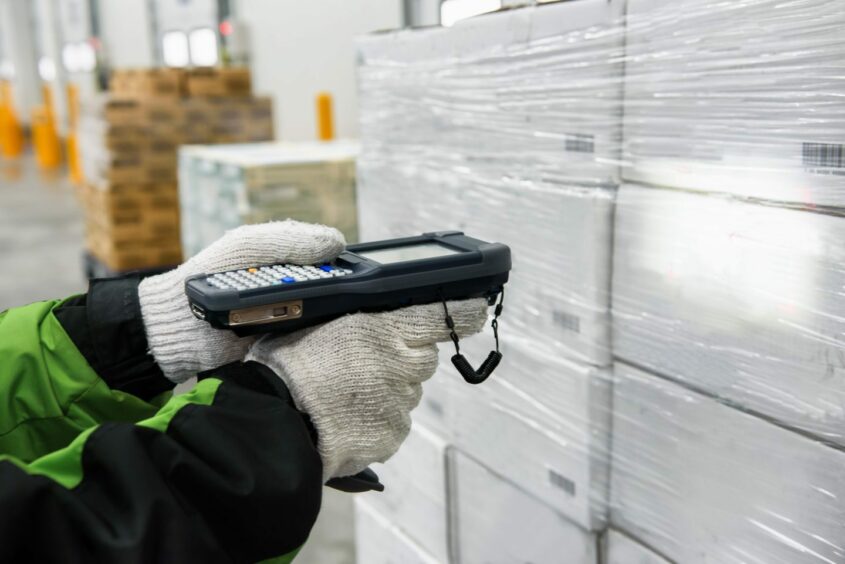
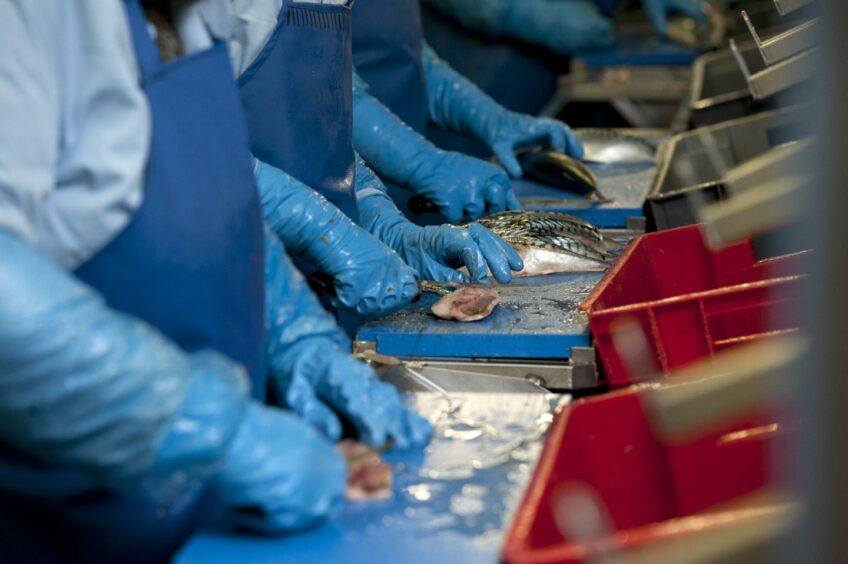

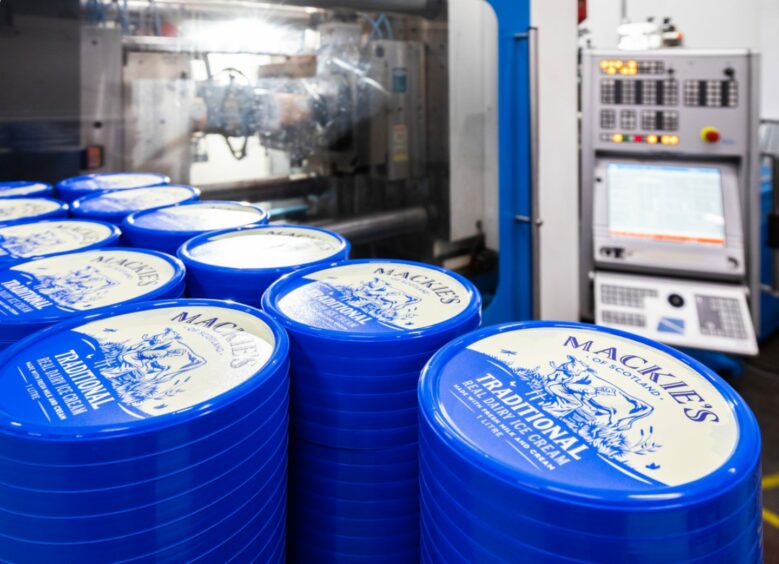
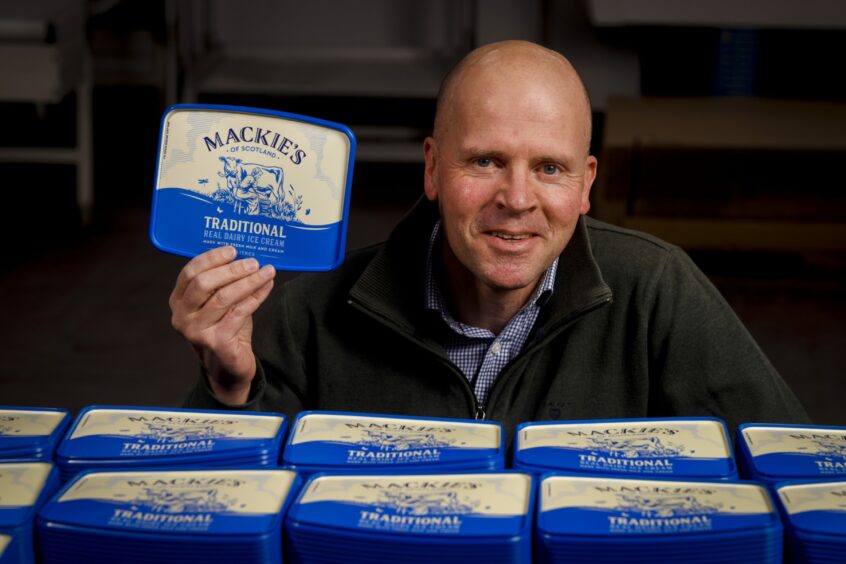
Conversation